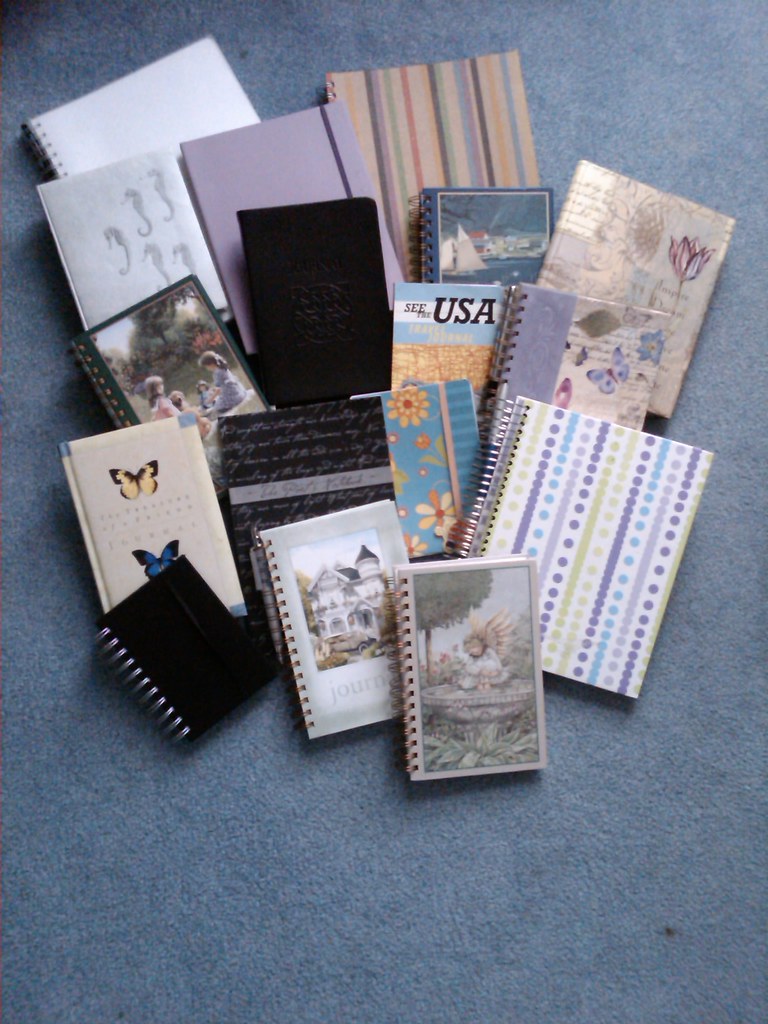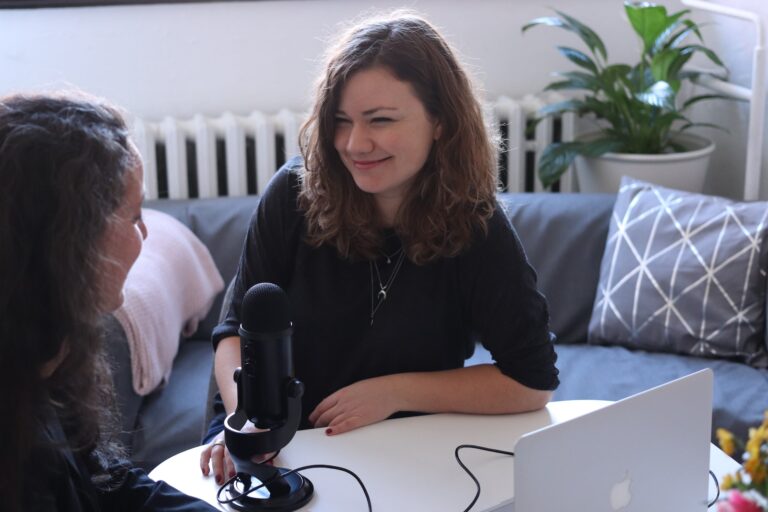Top-Notch Tactics for Teaching Creative Writing
Hey there, creative writing teachers! We know you have a pretty amazing gig – you’re in charge of sparking those imaginative fires, guiding the next generation of poets, playwrights, and novelists. It’s a big job, no doubt. But, hey, we’ve got your back. In this article, we’re going to dive into the best techniques you’ll want to keep up your sleeve for teaching creative writing. Ready? Let’s roll.

Flipping on the Creativity Switch: Soak up All Kinds of Stories
First off, remember that every great writer is a great reader first. If we want our students to create, we need to expose them to a wealth of stories in all shapes and forms. Novels, poetry, graphic novels, plays, blogs – you name it. Show them the power of words and the limitless forms they can take. This kind of exposure breeds familiarity and eventually, inspiration.
The Blank Page Isn’t Scary: Jump-Start the Writing Process
Ah, the intimidating blank page. We’ve all been there. But we can help our students view it as an empty canvas waiting to be filled with their ideas. Kickstart their process with interesting writing prompts, story starters, or even a single intriguing word. And don’t forget, there’s no such thing as a bad idea in the brainstorming stage – the sky’s the limit! For more information about different writing prompts for teaching creative writing, check out “How to Inspire Your Students: Creative Writing Prompts That Ignite Imagination.”

Roll with the Punches: Embrace Mistakes and Redrafting
The perfect first draft? It’s a myth. Learning to embrace mistakes and redrafting is a crucial part of the creative process. In our classrooms, let’s cultivate an environment where students understand that writing is an ongoing process, not a one-shot deal. Show them how their work can evolve and improve with each new draft. For more help teaching revision, check out “Unlocking the Power of Revision: 16 Tips for Teaching Revision.”
Get Personal: Draw from Life
Great stories come from real-life experiences. Encourage students to mine their own lives for story fodder. It can be as monumental as a family vacation or as mundane as their walk to school. Once they see the potential stories around them, their perspectives shift, and life becomes a continuous source of inspiration. When teaching creative writing, stress that they should explore what happened and what could have happened.
Share the Load: Peer Feedback and Collaboration
Writing is often considered a solo activity, but it doesn’t have to be. Foster a sense of community in your classroom. Introduce peer feedback sessions and collaborative writing exercises. Students can learn a lot from each other, and a different perspective can make all the difference to a story that’s stuck in a rut.
Power of the Pen: Experiment with Different Writing Styles
The beauty of creative writing? There’s no one-size-fits-all. Get your students to explore different writing styles, from free verse to flash fiction. The aim isn’t to make them masters of all, but to let them discover their unique voice. Plus, it’s a ton of fun!

Break the Rules: Encourage Creativity over Correctness
We’re not saying grammar isn’t important, but sometimes, it’s okay to bend the rules for the sake of creativity. Encourage students to experiment with sentence structures, words, and styles, even if it means venturing into the realm of the unconventional. Who knows? They might create something surprisingly brilliant.

Frequently Asked Questions

Final Thoughts
So, there you have it, teachers. With these techniques, you’re all set to transform your classrooms into vibrant, creativity-charged spaces. Ready to guide the storytellers of tomorrow? Go on, unlock the magic!







